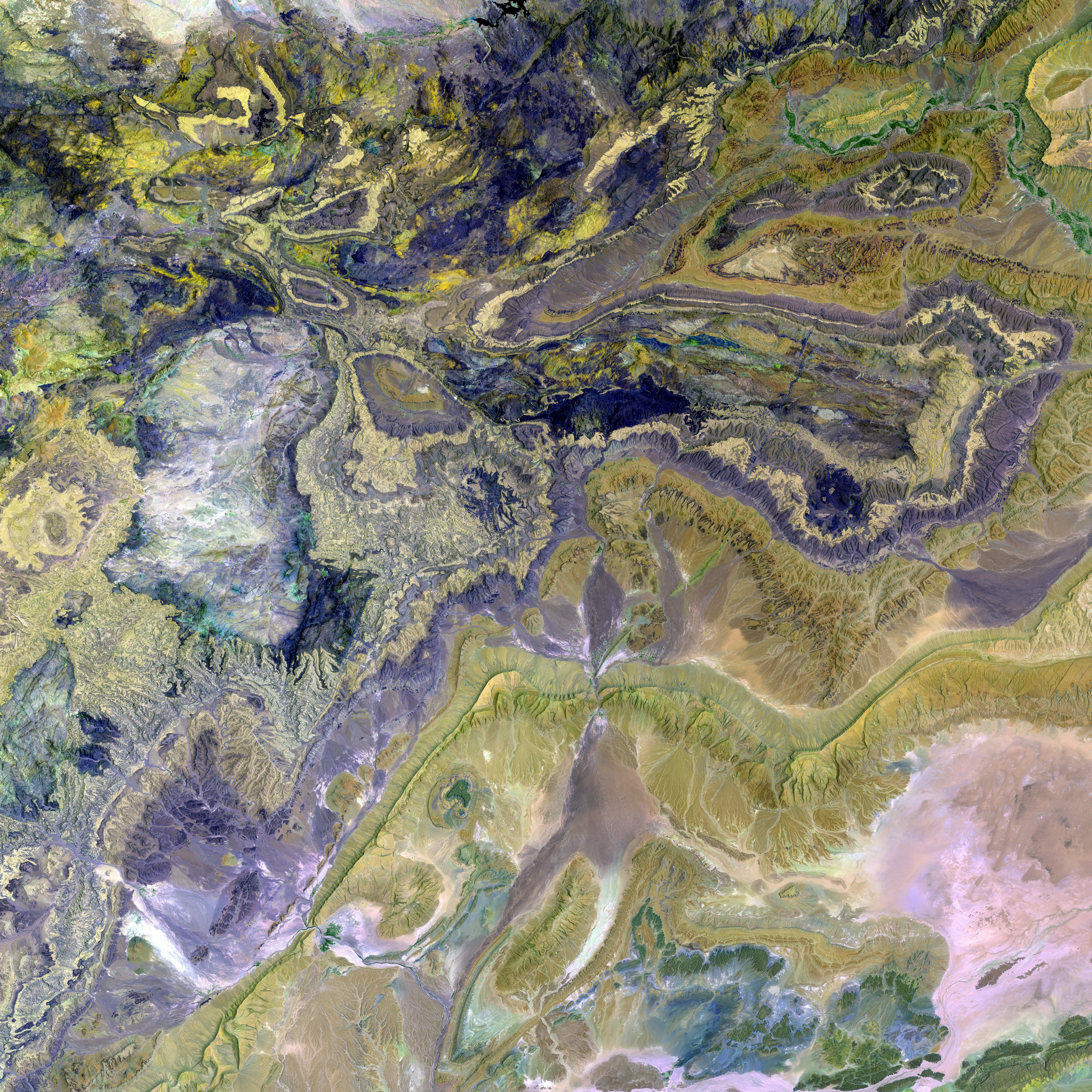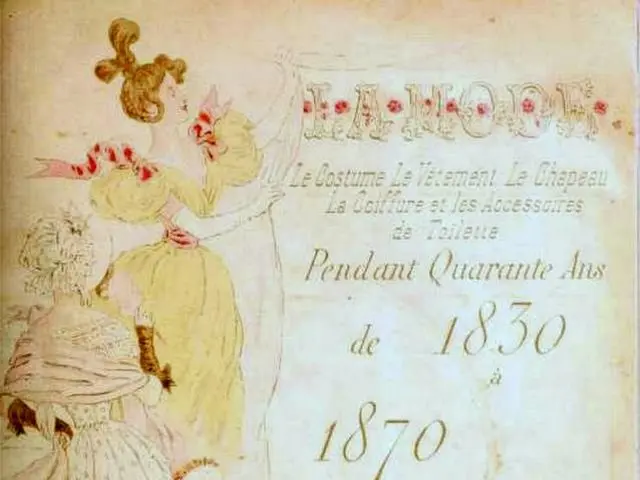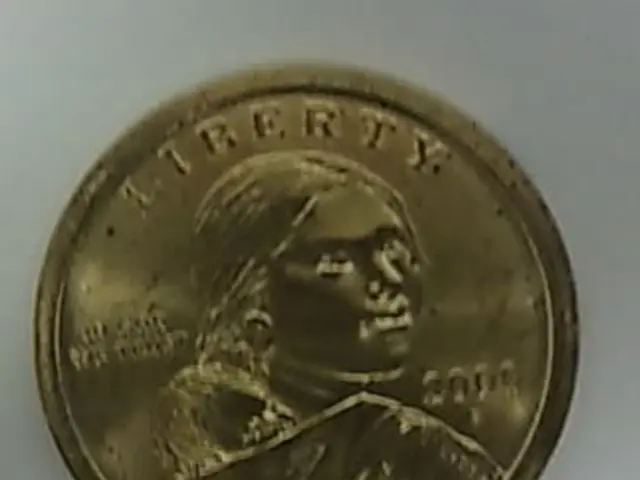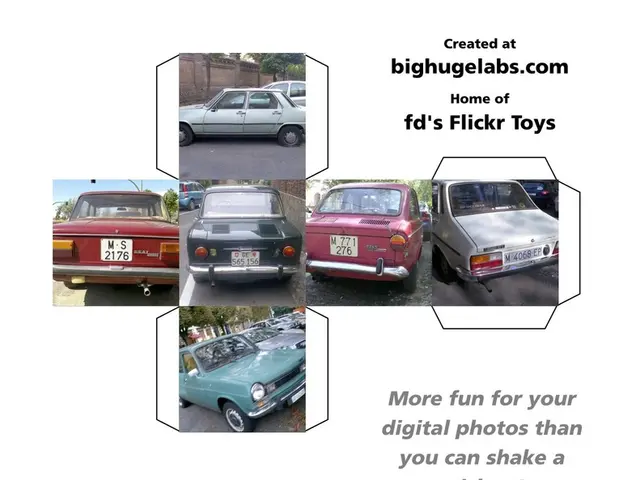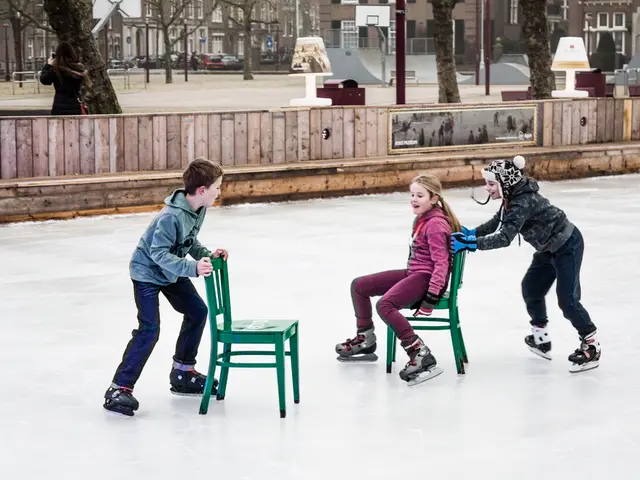Historic Rome Jubilee: Andalusian Cachorro, Esperanza, and Nazarene of León Lead Prominent Procession
Out and About in Rome: A Magnificent Spanish Holy Week Procession
Stroll down the cobblestone streets of Rome this weekend, and you might just catch a glimpse of the breathtaking Spanish Holy Week procession, welcoming tourists and locals alike. This extraordinary event, a first for the Italian capital, highlights the brotherhoods of Seville, Malaga, and León, along with other striking images from Italy, France, and Portugal.
Embracing the Jubilee of the Brotherhoods, the touching representation of Spanish Good Friday customarily witnessed in these cities has graced Rome's picturesque scenery, joining forces with other renowned religious images to create a once-in-a-lifetime spectacle.
Iconic moments arose as the stars—the Sevillian Christ, the Malagueña Esperanza, and the solemn Nazarene of León—traversed Rome's bustling thoroughfares, brushing shoulders with mesmerizing landmarks like the Colosseum, the Arch of Constantine, and the Circus Maximus.
One particularly moving moment came when Malagueña artist Diana Navarro delivered haunting saetas, her voice echoing across the Italian capital as the crucified and the dolorosa passed beneath the mythical Colosseum, only days after her poignant performance at St. Peter's Basilica.
The Nazarene of León, accompanied by over 500 bearers and a hundred musicians of its Musical Group, was the third to march, preceded by the Patriarchal Cross of Mafra (Portugal) and followed by images from Genoa, Perpignan, Enna, Seville, and Malaga.
The Spanish delegation, headed by the King and Queen, will attend the Mass marking the beginning of Pope Leo XIV's pontificate in the Vatican.
As the sun shone brightly during the first hours of the Italian capital, the rhythmic procession of some 2,000 participants, including candles, costaleros, bearers, and musicians, commenced with the Hermandad del Santísimo Sacramento Mafra, hailing from Portugal, with its 18th-century Crucifix setting the mood. This was followed by the Archcofradía Vaticana de Santa Ana de los Palafreneros Ciudad del Vaticano, bearing a painting of Santa Ana with the Virgin by Arturo Viligiardi in 1927; and the Cofradía del Dulce Nombre de Jesús Nazareno, boasting a 17th-century carving.
The procession unfolded in two routes, symbolizing unity as they converged at the Circus Maximus. The event drew thousands of captivated spectators, political, religious, and civil dignitaries, including Andalusian figures like Juanma Moreno, María Jesús Montero, Carolina España, Arturo Bernal, Francisco de la Torre, José Luis Sanz, and Roberto Gualtieri.
A Rich History of Symbolic Devotion
Spanish Holy Week processions originate from medieval guilds that rose from the ranks of artisans like bakers and blacksmiths. Each guild honored a patron saint and provided Christian burials for its members. Eventually, penitential confraternities emerged, focusing on Christ's Passion and developing a tradition of covering their faces in humility while carrying devotional images during Holy Week.
This practice serves as a dramatic portrayal of Christ's suffering, engaging the entire community. Over time, the confraternities have grown, and both Spanish and international participants now take part in these awe-inspiring events.
Unity in Faith and Artistic Expression
This year, Rome's Jubilee of Confraternities brings together diverse artistic masterpieces, providing a powerful reminder of shared religious and cultural heritage across Europe. Each procession represents an emotional connection to their respective communities—a connection that transcends language and geographical boundaries.
As the sun sets on this memorable weekend, the beautiful spectacle of Spanish Holy Week processions truly reminds us the we stand united in our shared spiritual journey.
- The average social media user in Rome might have shared posts about the captivating Spanish Holy Week procession this weekend, which showcased the artistic expression and unity of faith across Europe.
- As celebrities and pop-culture figures flocked to Rome for the Jubilee of Confraternities, many were touched by the average emotion reflected in the devotional images and haunting saetas of Malagueña artist Diana Navarro during the procession, contributing to the dialogue within the realm of pop-culture and religion.
